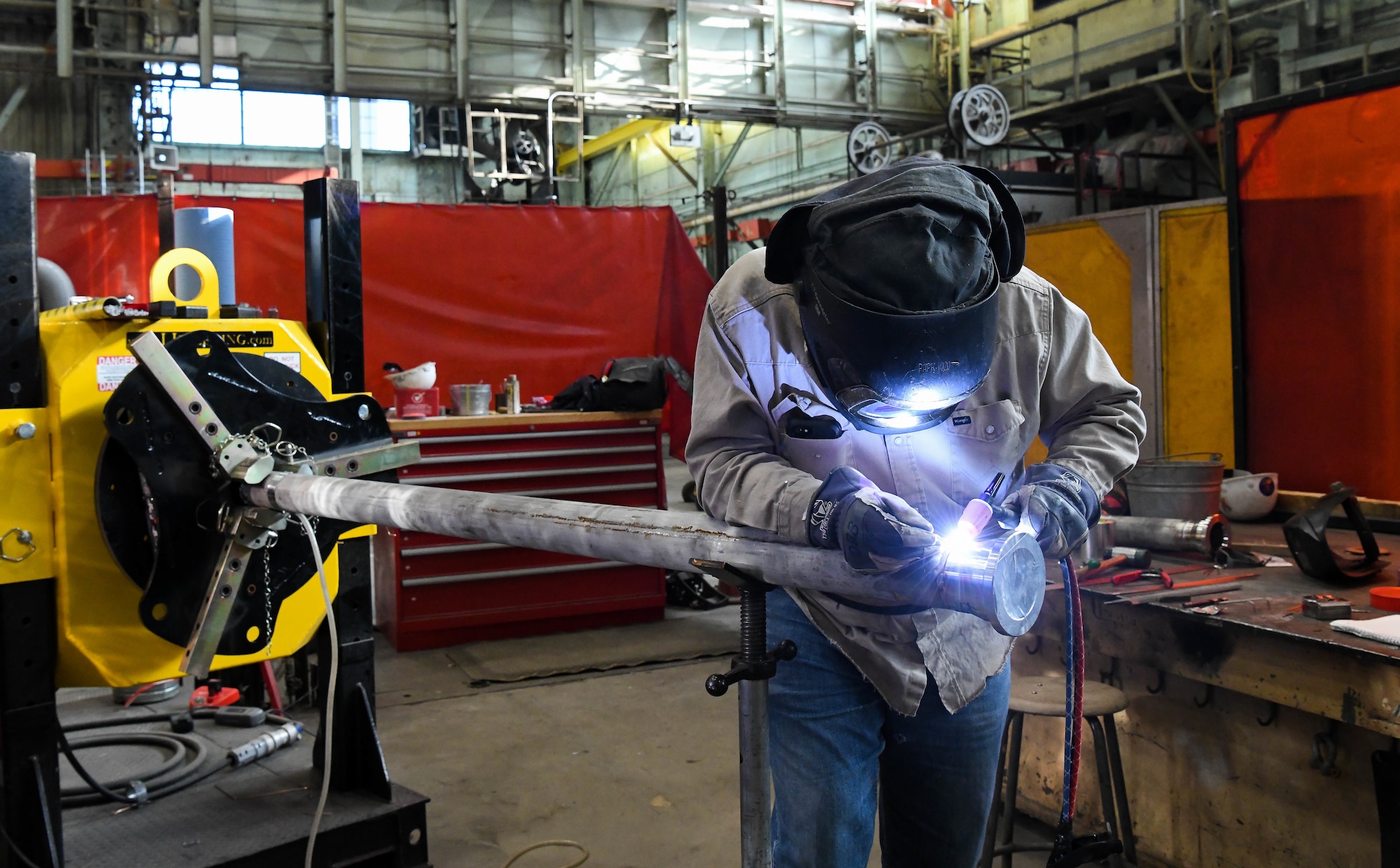Advanced Welding WPS: Customizing Requirements for Complicated Projects
Advanced Welding WPS: Customizing Requirements for Complicated Projects
Blog Article
Achieving Welding Excellence: Introducing the Keys of WPS Execution and Optimization
In the realm of welding, achieving excellence is a pursuit that pivots on the precise execution and optimization of Welding Treatment Specifications (WPS) These fundamental documents work as the foundation of welding procedures, determining the treatments and criteria needed for creating top quality welds continually. Nonetheless, the keys to opening the full possibility of WPS lie not only in understanding its significance yet additionally in mastering the details of its application and optimization. By delving right into the key aspects, methods, obstacles, and finest methods related to WPS, a world of welding excellence waits for those that are prepared to discover its midsts.
Value of WPS in Welding
The Importance of Welding Treatment Requirements (WPS) in the welding sector can not be overstated, offering as the foundation for making certain uniformity, top quality, and safety in welding operations. A WPS offers comprehensive directions on exactly how welding is to be accomplished, consisting of vital variables such as materials, welding processes, joint layout, filler metals, interpass and preheat temperature levels, welding currents, voltages, travel speeds, and a lot more. By adhering to a distinct WPS, welders can maintain uniformity in their work, leading to constant weld top quality across different jobs.

Trick Aspects of WPS
Discussing the integral parts of a welding procedure specification (WPS) is necessary for comprehending its function in welding operations. One important element of a WPS is the welding process spec, which details the specific welding procedures to be used, such as gas tungsten arc welding (GTAW) or shielded metal arc welding (SMAW) By including these key components into the WPS, welding treatments can be standard, making certain top quality, performance, and safety in welding operations.
Techniques for WPS Optimization

Secondly, training and certification of welding employees according to the specific requirements of the WPS is extremely important. Offering detailed training programs and making certain that welders are certified to perform treatments laid out in the WPS can bring about better welds and minimized rework.
In addition, leveraging technology such as welding software application and monitoring systems can help in maximizing WPS. These devices can assist in tracking variables, making sure parameters are within defined limits, and providing real-time feedback to welders, enabling them to make immediate adjustments for enhanced weld high quality.
Typical Difficulties and Solutions
Dealing with challenges in implementing the techniques for WPS optimization can impede welding operations' effectiveness and high quality. One typical obstacle is insufficient training or understanding of the welding procedure requirements (WPS) amongst the welding team. This can lead to incorrect implementation of welds, leading to flaws and remodel. To resolve this, extensive training programs ought to be executed to guarantee that all welders excel in analyzing and applying WPS accurately.
Another resource obstacle is the absence of appropriate documentation and record-keeping, which is essential for WPS optimization. Without clear documents of welding criteria, products made use of, and assessment results, it becomes tough to determine areas for improvement and make certain consistency in welding processes. Applying a durable paperwork system, such as digital welding monitoring software, can help simplify record-keeping and assist in data evaluation for continuous improvement.
Additionally, irregular welding devices calibration and maintenance can pose a significant challenge to WPS optimization. Normal important source equipment checks, calibration, and maintenance schedules should be complied with strictly to make certain that welding parameters are precisely regulated and kept within the specified tolerances (welding WPS). By resolving these typical obstacles with proactive options, welding procedures can improve efficiency, quality, and total welding quality
Finest Practices for WPS Execution
To guarantee effective WPS application in welding procedures, adherence to sector standards and careful focus to detail are vital. When launching WPS implementation, it is important to start by completely recognizing the specific welding demands of the job. This requires a comprehensive review of the welding treatment specs, products to be bonded, and the ecological conditions in which the welding will certainly occur.
Once the demands are clear, the following step is to select the proper welding treatment that straightens with these specifications. This involves consulting the appropriate codes and criteria, such as those given by the American Welding Culture (AWS) or the International Company for Standardization (ISO), to make certain conformity and top quality.
Additionally, recording the entire WPS application process is vital for traceability and quality assurance. In-depth records should be maintained concerning welding specifications, material preparation, preheat and interpass temperature levels, welding consumables made use of, and any kind of inconsistencies from the initial treatment. Routine audits and evaluations of the WPS can help identify areas for enhancement and guarantee recurring optimization of the top article welding procedure.


Verdict
In conclusion, the application and optimization of Welding Treatment Specs (WPS) is critical for achieving welding quality. By recognizing the key aspects of WPS, applying effective techniques for optimization, dealing with typical obstacles, and following best methods, welders can make sure premium welds and secure working problems. It is necessary for specialists in the welding sector to prioritize the proper execution of WPS to boost overall welding performance and accomplish preferred results.
The Importance of Welding Treatment Requirements (WPS) in the welding market can not be overstated, serving as the foundation for making certain uniformity, top quality, and safety in welding procedures. A WPS provides detailed directions on just how welding is to be lugged out, including essential variables such as materials, welding processes, joint layout, filler metals, preheat and interpass temperatures, welding currents, voltages, traveling rates, and a lot more. One vital facet of a WPS is the welding procedure specification, which describes the certain welding procedures to be made use of, such as gas tungsten arc welding (GTAW) or secured metal arc welding (SMAW) By incorporating these essential aspects right into the WPS, welding treatments can be standard, making sure quality, effectiveness, and safety and security in welding operations.
It is vital for experts in the welding market to prioritize the correct application of WPS to enhance total welding efficiency and attain preferred outcomes.
Report this page